-
 Bitcoin
Bitcoin $108,841.4180
0.50% -
 Ethereum
Ethereum $2,580.6424
1.14% -
 Tether USDt
Tether USDt $1.0002
0.02% -
 XRP
XRP $2.2928
0.36% -
 BNB
BNB $660.7362
-0.09% -
 Solana
Solana $152.1949
0.12% -
 USDC
USDC $0.9999
0.00% -
 TRON
TRON $0.2866
-0.16% -
 Dogecoin
Dogecoin $0.1709
0.74% -
 Cardano
Cardano $0.5865
0.71% -
 Hyperliquid
Hyperliquid $38.2544
-3.37% -
 Sui
Sui $2.9025
0.36% -
 Bitcoin Cash
Bitcoin Cash $501.8891
1.01% -
 Chainlink
Chainlink $13.5445
0.20% -
 UNUS SED LEO
UNUS SED LEO $9.0630
-0.13% -
 Stellar
Stellar $0.2533
0.59% -
 Avalanche
Avalanche $18.1925
0.45% -
 Shiba Inu
Shiba Inu $0.0...01183
1.17% -
 Toncoin
Toncoin $2.7616
-0.82% -
 Hedera
Hedera $0.1606
1.13% -
 Litecoin
Litecoin $86.8855
0.17% -
 Monero
Monero $314.1746
-1.50% -
 Polkadot
Polkadot $3.4004
0.37% -
 Dai
Dai $1.0001
0.02% -
 Ethena USDe
Ethena USDe $1.0001
0.00% -
 Bitget Token
Bitget Token $4.3026
0.15% -
 Uniswap
Uniswap $7.6492
4.29% -
 Aave
Aave $289.9060
0.88% -
 Pepe
Pepe $0.0...01006
0.70% -
 Pi
Pi $0.4589
-0.48%
What is Bitfinex's contract liquidation mechanism?
Apr 18, 2025 at 03:14 am
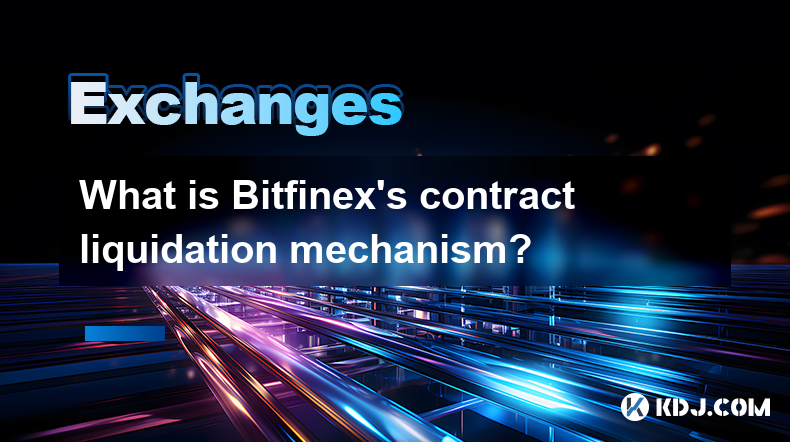
Bitfinex, one of the leading cryptocurrency exchanges, employs a sophisticated contract liquidation mechanism designed to manage risk and maintain market stability. This mechanism is crucial for traders using leveraged positions, as it helps prevent the platform from incurring significant losses due to market volatility. Understanding how Bitfinex's contract liquidation works is essential for any trader looking to navigate the complexities of leveraged trading on this platform.
The Basics of Leveraged Trading on Bitfinex
Leveraged trading allows traders to open positions larger than their actual capital by borrowing funds from the exchange. On Bitfinex, traders can use leverage to amplify their potential profits, but this also increases the risk of substantial losses. When a trader's position moves against them, and their account equity falls below the maintenance margin requirement, the liquidation process is triggered.
The Role of Maintenance Margin
The maintenance margin is a critical component in Bitfinex's risk management system. It represents the minimum amount of equity a trader must maintain in their account to keep their leveraged positions open. If a trader's equity drops below this threshold, Bitfinex initiates the liquidation process to close the position and recover the borrowed funds.
How Liquidation Works on Bitfinex
When a trader's account equity falls below the maintenance margin, Bitfinex's system automatically begins the liquidation process. The platform uses a liquidation engine to close the trader's position at the best available market price. This process aims to minimize losses for both the trader and the exchange. The liquidation engine works as follows:
- Monitoring Account Equity: Bitfinex continuously monitors the equity in each trader's account.
- Triggering Liquidation: If the equity falls below the maintenance margin, the liquidation process is triggered.
- Executing Liquidation: The liquidation engine places orders to close the trader's position at the best available market price.
- Recovering Funds: The proceeds from the liquidation are used to repay the borrowed funds, and any remaining equity is returned to the trader's account.
The Impact of Liquidation on Traders
Liquidation can have significant consequences for traders. If the market moves rapidly against a trader's position, they may face a total loss of their invested capital. It's crucial for traders to understand the risks associated with leveraged trading and to use appropriate risk management strategies, such as setting stop-loss orders and monitoring their positions closely.
Strategies to Avoid Liquidation
To minimize the risk of liquidation, traders can employ several strategies:
- Use Lower Leverage: Trading with lower leverage reduces the likelihood of a margin call and subsequent liquidation.
- Set Stop-Loss Orders: Placing stop-loss orders can help limit potential losses and prevent positions from reaching the liquidation threshold.
- Monitor Positions: Regularly monitoring market conditions and adjusting positions accordingly can help traders stay ahead of potential liquidation events.
- Maintain Sufficient Margin: Keeping account equity well above the maintenance margin requirement provides a buffer against market volatility.
Understanding Liquidation Fees
Bitfinex charges a liquidation fee to cover the costs associated with managing the liquidation process. This fee is typically a small percentage of the liquidated position's value. Traders should be aware of these fees, as they can impact the final amount of equity returned to their account after liquidation.
The Importance of Risk Management
Effective risk management is crucial for traders using leveraged positions on Bitfinex. By understanding the platform's liquidation mechanism and employing appropriate risk management strategies, traders can better navigate the challenges of leveraged trading. This includes setting realistic profit targets, managing position sizes, and being prepared for sudden market movements.
Real-World Examples of Liquidation on Bitfinex
To illustrate how liquidation works in practice, consider the following hypothetical scenario:
- A trader opens a long position on Bitcoin with 10x leverage, borrowing funds from Bitfinex to amplify their potential profits.
- The market moves against the trader, and their account equity drops below the maintenance margin.
- Bitfinex's liquidation engine automatically closes the trader's position at the best available market price.
- The proceeds from the liquidation are used to repay the borrowed funds, and any remaining equity is returned to the trader's account.
This example highlights the importance of understanding and preparing for the risks associated with leveraged trading on Bitfinex.
Frequently Asked Questions
Q: Can I avoid liquidation by depositing more funds into my account?
A: Yes, depositing additional funds into your account can increase your equity and potentially prevent liquidation. However, it's essential to act quickly, as market conditions can change rapidly.
Q: What happens if there is insufficient liquidity to close my position during liquidation?
A: If there is insufficient liquidity, Bitfinex's liquidation engine may take longer to close your position, potentially resulting in a larger loss. The platform prioritizes closing positions at the best available market price to minimize losses.
Q: Are there any warning signs that my position is at risk of liquidation?
A: Yes, Bitfinex provides real-time monitoring of your account equity and will send notifications if your equity approaches the maintenance margin. It's crucial to pay attention to these warnings and take action to prevent liquidation.
Q: Can I appeal a liquidation if I believe it was unfair?
A: Bitfinex has a customer support team that can review liquidation events. However, liquidations are typically automated and based on predefined rules, so appeals are rarely successful unless there was a clear error on the platform's part.
Haftungsausschluss:info@kdj.com
Die bereitgestellten Informationen stellen keine Handelsberatung dar. kdj.com übernimmt keine Verantwortung für Investitionen, die auf der Grundlage der in diesem Artikel bereitgestellten Informationen getätigt werden. Kryptowährungen sind sehr volatil und es wird dringend empfohlen, nach gründlicher Recherche mit Vorsicht zu investieren!
Wenn Sie glauben, dass der auf dieser Website verwendete Inhalt Ihr Urheberrecht verletzt, kontaktieren Sie uns bitte umgehend (info@kdj.com) und wir werden ihn umgehend löschen.
-
 ICNT Jetzt handeln
ICNT Jetzt handeln$0.3175
29.02%
-
 M Jetzt handeln
M Jetzt handeln$0.1960
25.08%
-
 HSK Jetzt handeln
HSK Jetzt handeln$0.7025
17.67%
-
 SHX Jetzt handeln
SHX Jetzt handeln$0.0116
15.57%
-
 SOLO Jetzt handeln
SOLO Jetzt handeln$0.3753
14.87%
-
 LAUNCHCOIN Jetzt handeln
LAUNCHCOIN Jetzt handeln$0.1281
10.00%
- Bitcoin Solaris Market Launch: A New Dawn or Just Another Altcoin?
- 2025-07-08 20:30:12
- Bitcoin, Memecoin Mania, and the All-Time High Hunt: What's Next?
- 2025-07-08 20:30:12
- Byrq Coin: Scam or Savior? A Deep Dive Review
- 2025-07-08 20:50:12
- Shiba Inu's Burn Rate Bonanza: Can Crypto Burns Ignite a Price Rally?
- 2025-07-08 20:50:12
- Telekom, Injektiv und Validatoren: Ein tiefes Eintauchen in die Sicherheit und das Wachstum der Netzwerke
- 2025-07-08 21:10:12
- ROM: Goldenes Zeitalter-eine halbe Million Vorregistrierungen und Krypto-Beute!
- 2025-07-08 21:15:12
Verwandtes Wissen
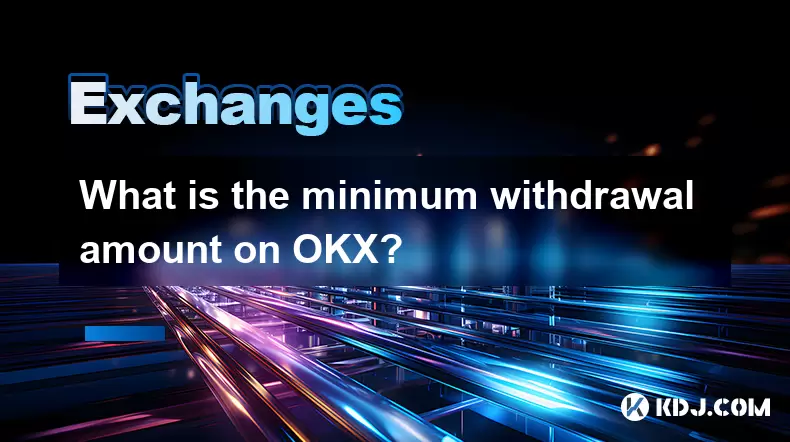
What is the minimum withdrawal amount on OKX?
Jul 08,2025 at 08:21pm
<h3>Understanding the Minimum Withdrawal Amount on OKX</h3><p>When using a cryptocurrency exchange like OKX, users often need to und...
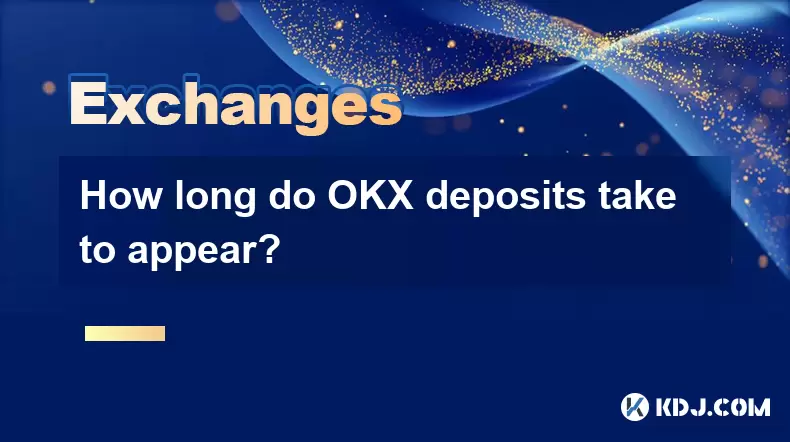
How long do OKX deposits take to appear?
Jul 08,2025 at 08:15pm
<h3>Understanding OKX Deposit Times for Cryptocurrencies</h3><p>When using OKX, one of the most common concerns among users is how l...
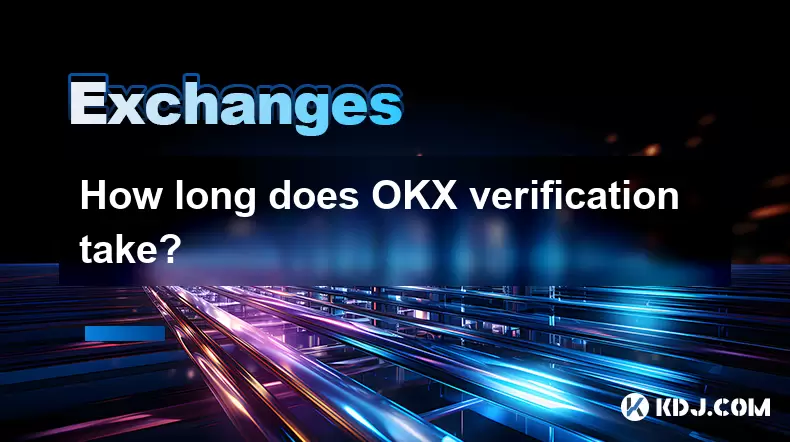
How long does OKX verification take?
Jul 08,2025 at 06:57pm
<h3>Understanding the OKX Verification Process</h3><p>OKX is one of the world’s leading cryptocurrency exchanges, offering a wide ra...
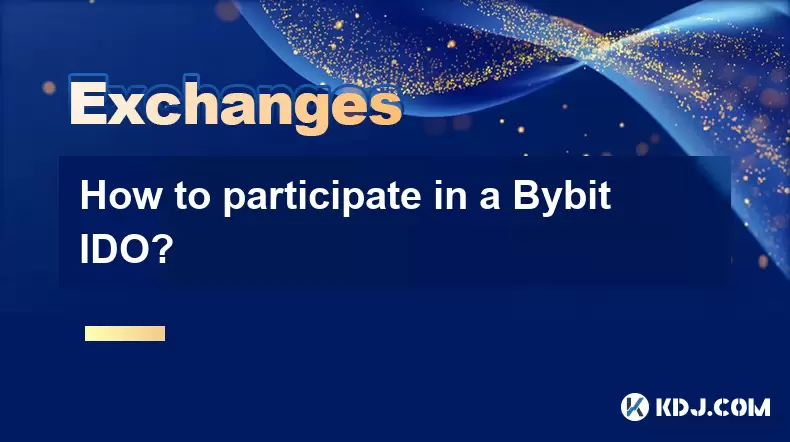
How to participate in a Bybit IDO?
Jul 08,2025 at 08:01pm
<h3>Understanding Bybit IDO and Its Significance</h3><p>Bybit, one of the leading cryptocurrency exchanges globally, offers its user...
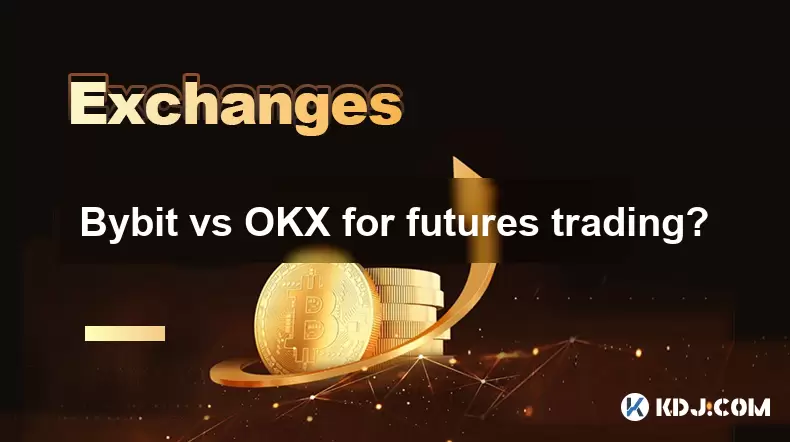
Bybit vs OKX for futures trading?
Jul 08,2025 at 05:49pm
<h3>Overview of Bybit and OKX Futures Trading Platforms</h3><p>When comparing Bybit and OKX for futures trading, it's essential to u...
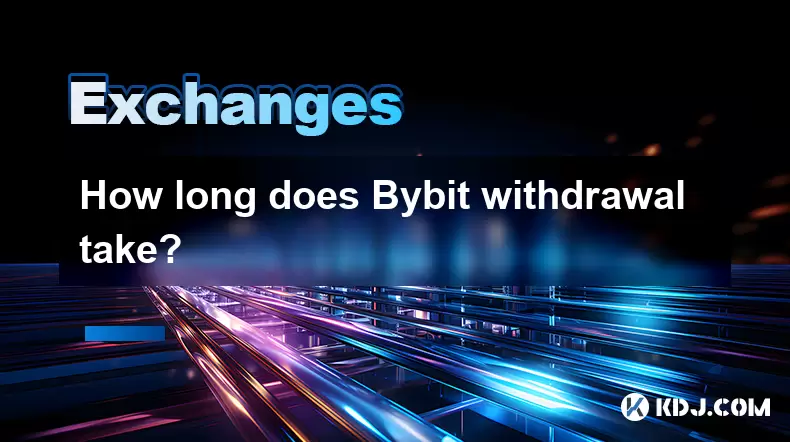
How long does Bybit withdrawal take?
Jul 08,2025 at 07:35pm
<h3>Understanding Bybit Withdrawal Processing Times</h3><p>When users ask how long a Bybit withdrawal takes, they are typically look...

What is the minimum withdrawal amount on OKX?
Jul 08,2025 at 08:21pm
<h3>Understanding the Minimum Withdrawal Amount on OKX</h3><p>When using a cryptocurrency exchange like OKX, users often need to und...

How long do OKX deposits take to appear?
Jul 08,2025 at 08:15pm
<h3>Understanding OKX Deposit Times for Cryptocurrencies</h3><p>When using OKX, one of the most common concerns among users is how l...

How long does OKX verification take?
Jul 08,2025 at 06:57pm
<h3>Understanding the OKX Verification Process</h3><p>OKX is one of the world’s leading cryptocurrency exchanges, offering a wide ra...

How to participate in a Bybit IDO?
Jul 08,2025 at 08:01pm
<h3>Understanding Bybit IDO and Its Significance</h3><p>Bybit, one of the leading cryptocurrency exchanges globally, offers its user...

Bybit vs OKX for futures trading?
Jul 08,2025 at 05:49pm
<h3>Overview of Bybit and OKX Futures Trading Platforms</h3><p>When comparing Bybit and OKX for futures trading, it's essential to u...

How long does Bybit withdrawal take?
Jul 08,2025 at 07:35pm
<h3>Understanding Bybit Withdrawal Processing Times</h3><p>When users ask how long a Bybit withdrawal takes, they are typically look...
Alle Artikel ansehen

























































































